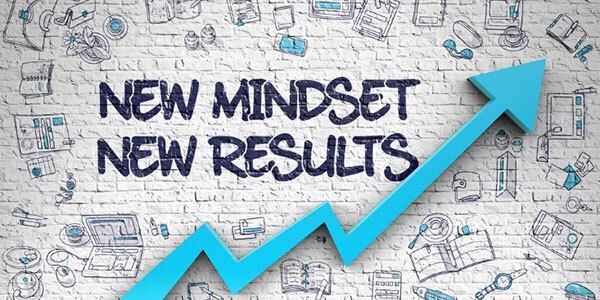
The Agile Mindset – Are you Ready?
When I think of the Agile Mindset, I can assure you I don’t think of tools, techniques, methods, processes, or ceremonies. I think of people. I think of leveraging the strength of people.
It is unfortunate that many organizations that tag themselves with the prestigious badge of “Agile Transformation” lose site of the values and principles the moment the first project plan is captured and documented in a PowerPoint Presentation deck.
To really drive home the agile mindset organizations MUST BE the following;
AGILE VALUES
The agile values can be summarized quite simply with the following statement; “if you are spending more time mucking around with Jirra, processes, documentation, contract negotiation or updating a schedule, chances are you are NOT spending enough time with people”.”Yes, his stuff is necessary but it does not leverage the strengths or deal with the daily challenges that teams, managers and executives face.
AGILE PRINCIPLES
There are 12 Agile Principles and upon close inspection 8 out of the 12 principles focus on customers & teams – the people doing the work and the people receiving the deliverables.
Satisfy the customer, embrace change for customer competitive advantage, business people and developers must work together daily, build projects around motivated individuals that inspire them to do great things, face to face conversation is the most effective form of communication, maintaining a constant sustainable pace of work is critical for all parties involved, self-organizing teams make awesome stuff, teams learn best by reflection.
Strength Deployment Inventory
The Strength Deployment Inventory is a personality assessment tool that does not focus on behaviour. It focuses on motivational values and as such is the world’s leading best tool to firmly cement into place an Agile Transformation that considers people first.
Consider the following questions:
- It’s possible to have a committed and engaged workforce — it starts with productive relationships. You need to know the priorities, strengths and
performance gaps of your people. But how do you identify these components? - Change is constant in today’s workplace and change communication must focus on engaging people in the process. You need to know what’s important to your employees and how to channel those values to achieve your goals. Want to learn how?
- Do you wish your manager or team or work connected with what makes you tick — what motivates you to do really great work?
- To improve employee performance, you need to understand your employees. But how do you identify and tap into the needs and preferences of different people? How do you shift behaviors to match individual, team and organizational goals?
- Faulty assumptions and misunderstandings happen. You can probably think of a few related to your work right now. Do you know what causes them, as well as how to prevent or eliminate them?
But the most important question to ask is, “What are you doing to answer these questions?” The conversation that results is an opportunity to introduce powerful learning, address your concerns and also establish yourself as an indispensable resource to the leadership team. This translates into a full calendar, packed with consulting, coaching and training work that allows you to do what you love — inspire the best in people and help teams accomplish great things